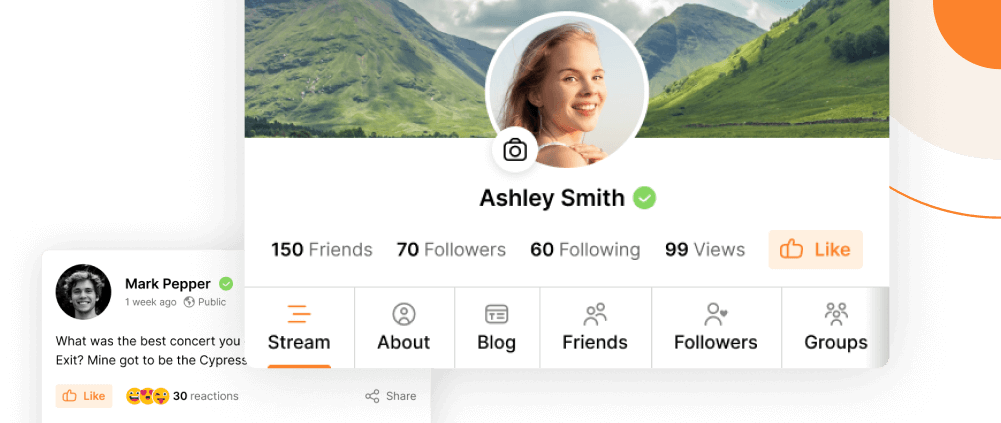So you think you know how to blog? Well, maybe you do. Let’s talk about some basics with this new series. The first topic we need to cover are headings.
Headings help your reader stay engaged with your content. Basically, it keeps them on the page reading. This should be your goal.
“Remember that the main focus of headings should be on the content – and the primary purpose should be to make the text easier to read and understand.”
Jono Alderson
What is a Heading?
A heading is part of semantic HTML. This helps search engines, screen readers, and people understand the organization of your blog post. Though it is tempting to write your article like an essay from high school, it’s really not necessary.
People scan on the Internet; they don’t read. Well, they do, but in spurts. They scan the headings, then read.
“HTML defines six levels of headings. A heading element implies all the font changes, paragraph breaks before and after, and any white space necessary to render the heading. The heading elements are H1, H2, H3, H4, H5, and H6 with H1 being the highest (or most important) level and H6 the least.”
W3
Headings are important for your site’s accessibility. Screen readers for the visually impaired use headings to navigate the text. So it’s important that your headings make sense and aren’t click-bait like Buzzfeed article titles. Good accessibility is also good SEO, so that’s icing on the blog cake.
“Another way to get an overall impression of a page’s content is to jump from heading to heading. Users can hear an outline of the page’s main ideas, then backtrack to read the parts they are most interested in.”
WebAIM
What is the Heading Order?
Headings are arranged from most important (H1) to least important (H6). Remember, using headings gives your blog post an outline both visually and technically. So after your H1 (title), you’ll want to write an introductory paragraph. The next section should start with an H2 followed by text. If there are sub-points in that section, use an H3. Think of outlines we used to do in 8th grade.
Generally speaking, there should only be one H1 which is most commonly the title. But it’s not necessarily bad to have multiple H1s, especially for long-form content. John Locke of LockedownSEO explains:
“You’ve probably heard that each page on your website should only have one h1 tag. A single page website may be the only time it is appropriate to disregard that rule. Since we are trying to rank a one-page site for multiple terms, and we’ve built out detailed sections for each search phrase, it makes sense to treat each section like it’s own page and use a h1 for each section.”
John Locke
How Many Headings Do I Need?
Remember that people will scan your blog post to see if it is worth reading. Though there is no hard and fast rule about how many headings you need, you will want to break up the text so it is easier to scan. On a blog post, white space is your friend. Don’t be afraid of the hard return or headings.
You won’t go to blogging jail if you don’t have any headings. With that said, if your content is long, you’ll have to make it easier for people to keep reading. So, break it up in sections. A good rule of thumb is to break up any block of text longer than 300 words. And, yes, I’m quoting myself below.
“Headings should break up about 150-300 words. They should make sense in the context. It should be a heading, then a paragraph; heading, paragraph, and so on.”
Bridget Willard
Engage Your Community
Blogging brings people to your site which helps build your community. It’s your community, your way with PeepSo. You have all the tools you need to engage your community. How will you engage your community?


Reactions & comments
Comments